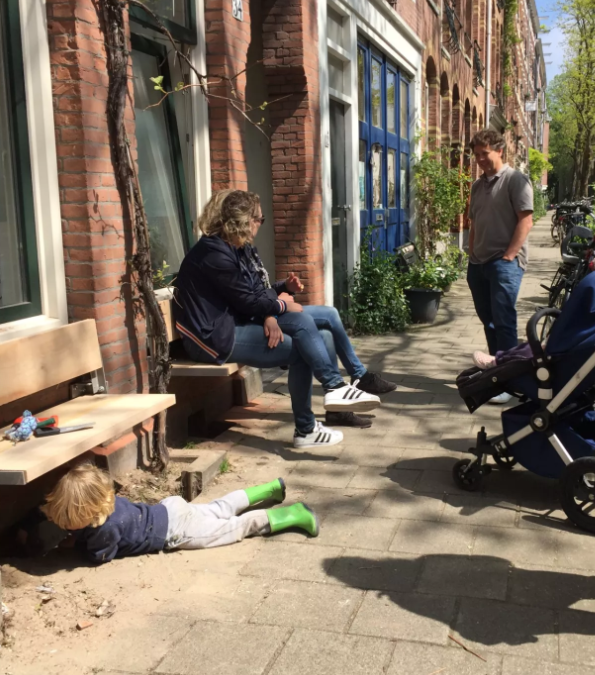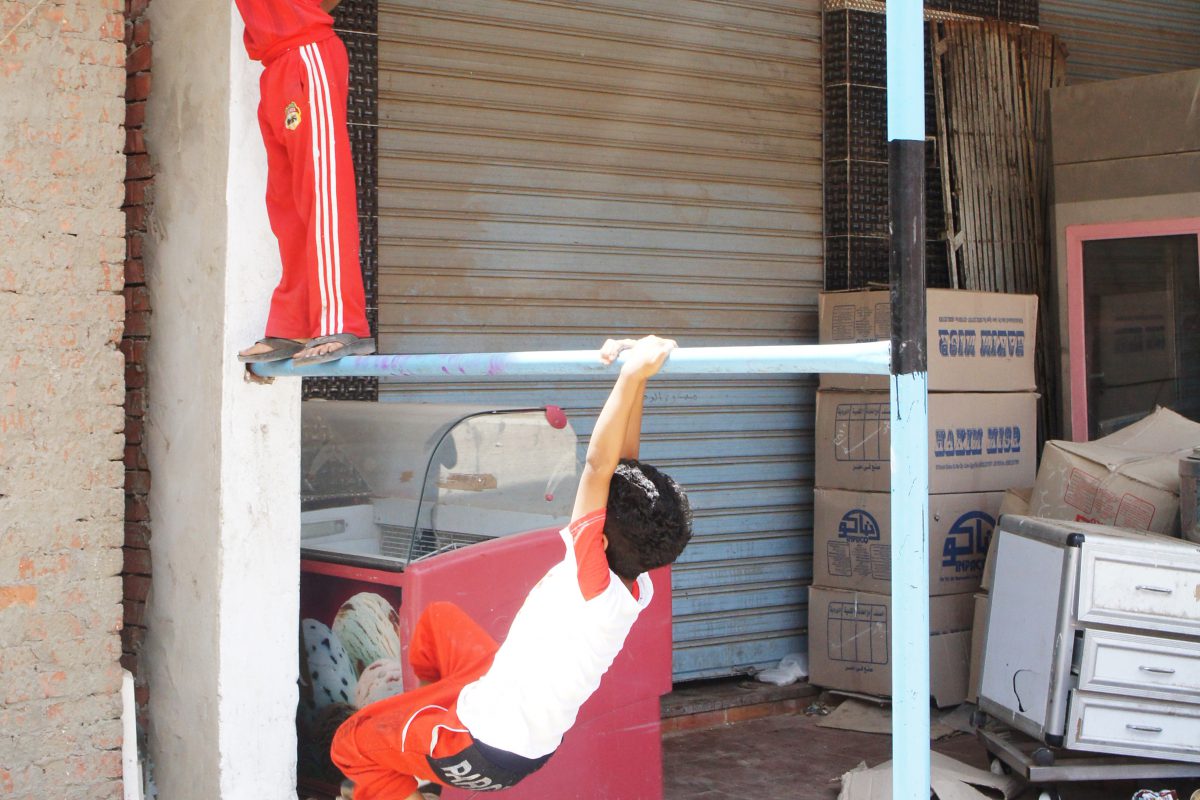
Keep up with our latest news and projects!

Socio-economic differences already start at an early age: in the opportunities to play. Especially in the quickly expanding (mega)cities where public space has become scarce, safe spaces to play free of charge hardly exist. Due to densification, privatisation, prioritising cars, or due to fear of ‘unwanted/ illegal’ use of public space, local governments are reticent in giving back (public) space. There are millions of children who cannot afford to go to the shopping malls or hotels, to pay for the man with the swing on the road, to pay the entrance fee of a (public!?) park. Playing freely is not free, children have to pay to play.
This socio-spatial inequality at children’s level can be changed by reclaiming free space to play. Many successful community-driven initiatives have set contagious examples on how to reclaim public spaces to play&meet. But the most simple solution can be found in giving back the street to children.
Giving back the street to children would not only fight the socio-economic inequalities at child’s level, most importantly it stimulates to regain the normality of playing independently. Why do children get fewer opportunities to play independently? Firstly, there is simply less public space to play free of charge. The available free play spaces are too “far”, either in the absolute distance, or because of physical or social borders, or because they lack safe routing towards them.
Thirdly, parents and (therefore their) children feel it is unsafe to play alone. This subjective perception of traffic and social unsafety is not only influenced by facts such as traffic accidents or crime rates. Improving the subjective perception of safety mainly lays in safe routing and visibility. On the playable space itself and the routing towards it, there should be high visibility from adjacent roads and houses: sufficient lighting, many passers-by and neighbouring windows. And last reason for the decrease of independent play is that children take or are given less time to play outdoors; screens, (home) work or hobbies do not leave enough time to go to these play areas.
How can we stimulate children to play more independently, if there is little accessible space, little time, or no feeling of safety? All children who have little time (‘half an hour before dinner’), who do not have access to free public spaces to play, or who are not allowed to go further than the street in front of the house …?
Minor changes in streets will regain the normality of playing independently.
 Children looking for play anywhere.
Children looking for play anywhere.
Unfortunately, even in young lives, time seems limited. We see caretakers rushing over the streets with their children, to do shopping, bringing and picking up their kids, parents etc. For this type of street-use, we can create more child-friendly streets as well. Streets which make children enjoy the ride. How?
1. Softening the plinths at (child’s) eye level alongside adjacent houses. By giving ownership of a strip (60cm/2 tiles) of the pavement to the residents, for greenery or benches, the street changes into a more mixed-use street. The minimum width of the pavement is less important than the presence of a ‘soft’ pavement strip with greenery and benches, these form the key to child-friendly pavements.
2. Secondly (physical) barriers between the pavement and the street (think of bike parks, concrete blocks/ seats, benches, or greenery) provide children from running directly onto the street.
3. Children have an intrinsic drive to play, children are always looking for elements which give them new input, perspective, sound, ability or a new feeling. Making use of children’s internal drive to experience whatever attracts them by differentiating materials, heights, shapes or, structures.
4. Necessary street-furniture form great playing opportunities for children. Some designers combined necessity with playability, creating playable street furniture.
We can go a step further creating pavements which invite children to stay and play longer. Therefore the pavements ask even more than the minimum requirements as above. To reach the minimum width of 4 meter allowing children to play while passengers can still pass, there are several solutions: combining parking spaces at a parking lot around the corner; dividing the parking spaces in groups of four parking spaces on both sides of the street to create zigzag streets – also forcing cars to lower their speed; changing parking spaces into bike-parking. Broader sidewalks should be a focus for policymakers and urban designers in an early stage, aligning other policies like inhabitants’ health or inclusive cities.
Extra important for sidewalks to stay&play are the ‘social eyes’: open plinths (pavements are visible and accessible by adjacent houses). We can stimulate longer independent play by making use of more elements differentiating from their surroundings attracting children to experience the different tactile, visual, physical or auditive appearance. Ready-made play elements are not necessary. We should think out of the box, think in each direction (pavement, plinths, and elements along the road) from a child’s perspective (95-140 cm).
And one last important secret lays in attracting the parents, with seats providing weather shelter (or sun, depending on the climate) looking out over the children. Benches turn sidewalks into places to stay, either linked to the adjacent houses or forming the important barriers between the road and the broad pavement.
Streets as playgrounds fight socio-spatial injustice at a child’s level and stimulate independent play.
This article belongs to a series of stories about the city at eye level for kids! You can access the full book online in PDF or pre-order your hardcopy to be delivered to your home.
Get your book here